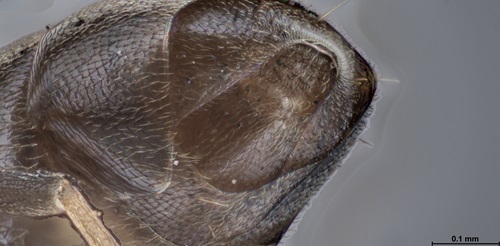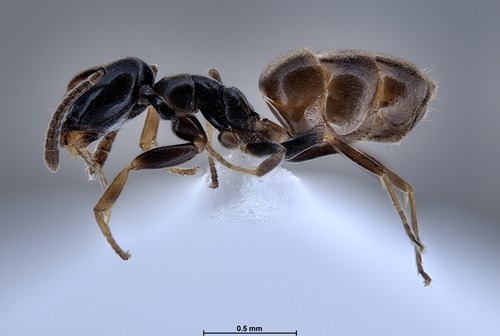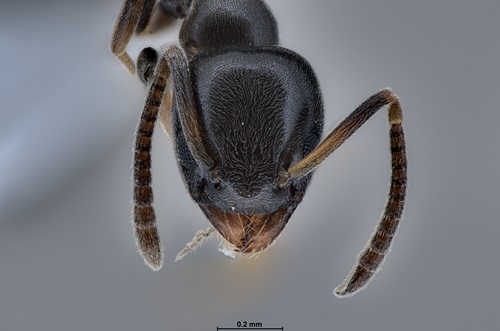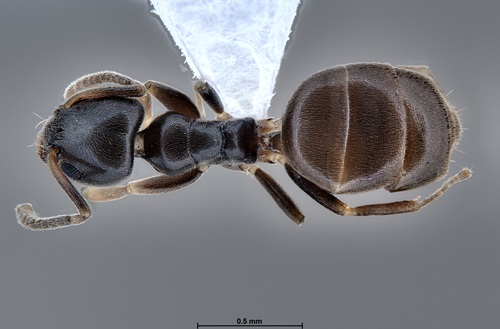LNHS Field day at Queen Elizabeth Olympic Park, Stratford.
A super site with a wide diversity of green and blue habitats. Last year we recorded a number of species new to the site and to London. The disturbed nature of the area and import of materials from all over the world during the construction of the Olympic venues seems to provide opportunities to record new colonisers!
BWARS members welcome





